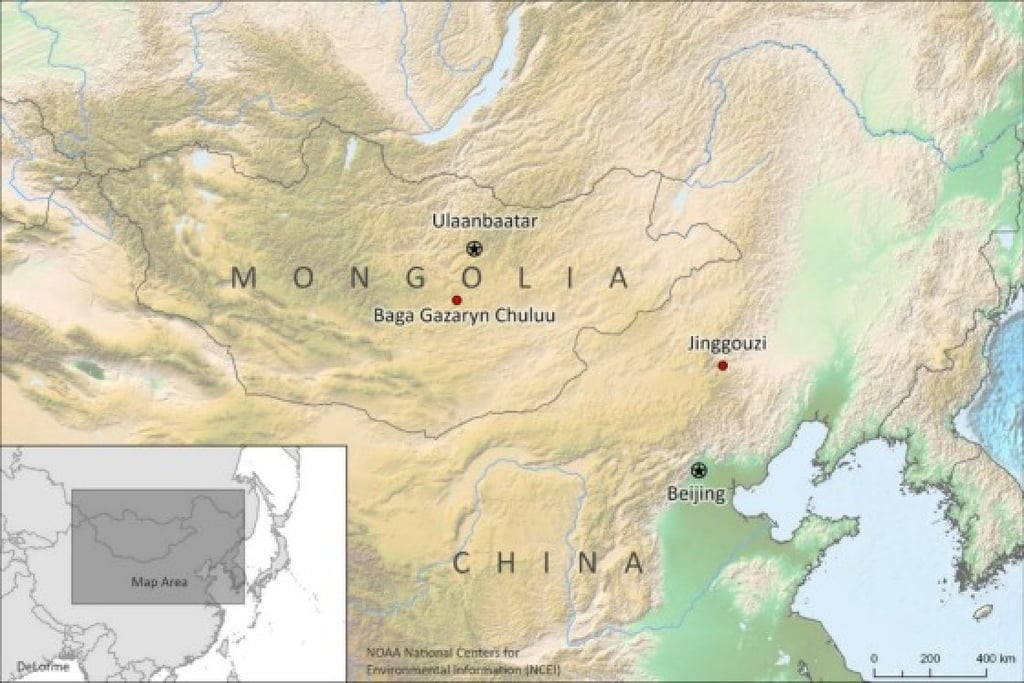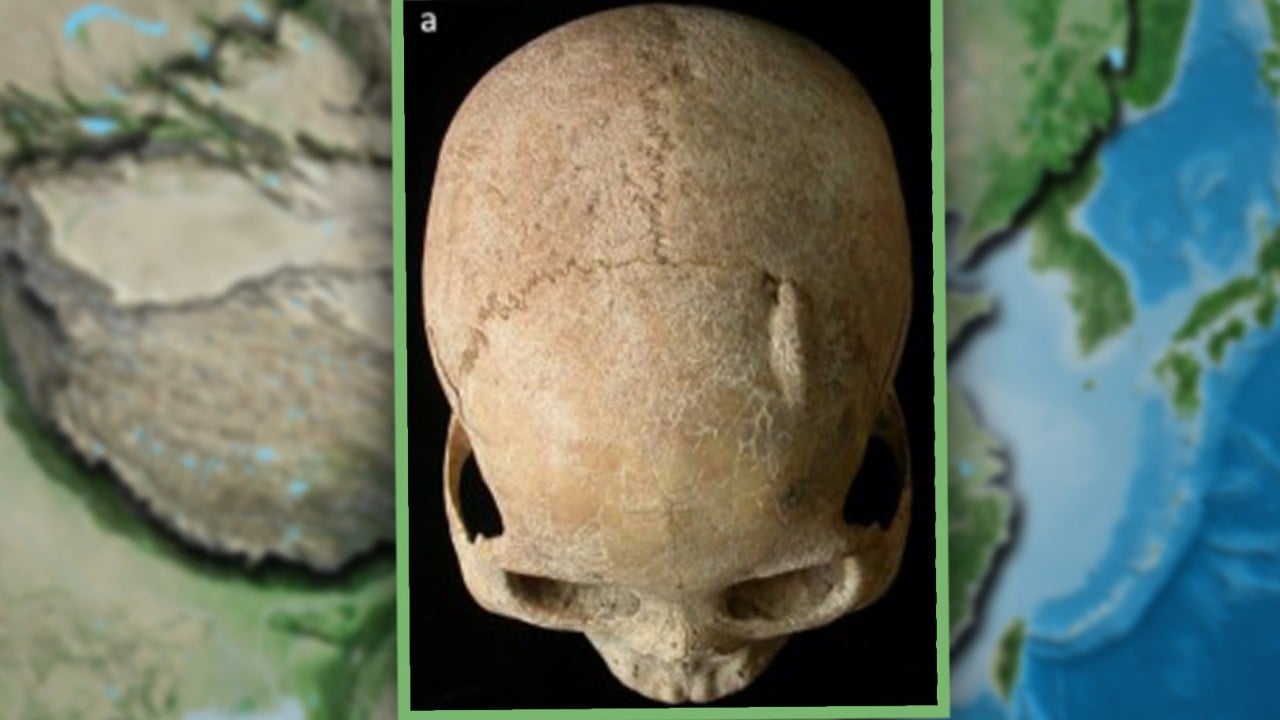The ongoing Paralympics exemplifies extraordinary human resilience, showcasing athletes with impairments, disabilities, and permanent injuries as they compete at the highest level.
This remarkable resilience has been a vital part of the human experience for thousands of years.
A study published on June 5 in the journal Archaeological Research in Asia tells the story of toughness among ancient women.
It pinpointed two case studies. One was about five women from Inner Mongolia who experienced a traumatic cranial injury, and the other, a single individual from the northern stretches of the Gobi Desert who navigated a challenging landscape despite having hip dysplasia.

“The investigation of human resilience, that is, the capacity to recover quickly from stressful conditions and situations, to even thrive, provides meaningful insights into human adaptation and strategies for coping with a myriad of challenges, including those that may be societal or environmental in nature,” the study authors wrote.
The researchers also said they wanted to focus on characters who were under-represented in dominant narratives of these mobile-pastoral societies, which typically focused on men.
Here are the stories of these women who overcame immense personal challenges and were likely “integral to the successful maintenance of the fabric of steppe society”.
Survivors of traumatic head injury
The researchers analysed five skulls from Jinggouzi in Inner Mongolia that exhibited signs of cranial trauma and, in doing so, were able to paint a picture of potential local warfare that predominantly targeted men but also posed risks to women.
While they could not disprove accidental falls, the researchers believed these people lived during a time of immense chaos. Agrarian societies in northern China struggled to survive, allowing the horse-riding cultures, such as the Jinggouzi, to migrate into the region. This displacement was chaotic, likely creating conflict.

The team said the study showed a “greater propensity for traumatic injury among women”.
“However, if this consideration is turned around to focus on the women themselves, questions relating to the propensity for survivorship merit consideration as well,” the team wrote.
These nomadic tribes tended to have traditional gender roles but they were not set in stone, and the researchers wrote that “women were certainly impacted by community violence, and may have been combatants themselves.”
“Thus, despite the lack of evidence of outright warfare in the Jinggouzi site, women of Inner Asia were at risk of raids and surprise attacks,” the team wrote.
The five women all had healed cranial injuries that were likely from deliberate attacks. The fact that the injuries had healed was important, indicating that they had displayed remarkable resilience to recover well enough to be an active member of society.
The researchers wrote that the women’s survival would have “necessitated a level of individual resilience to cope with a severe injury at a minimum, and possibly [required] care and assistance from other members of their family or community.”
Living with hip dysplasia
The second study focused on one woman discovered at Baga Gazriin Chuluu in Mongolia, who had bilateral hip dysplasia and lived during the transition into China’s Iron Age over 2,500 years ago.
The area was a natural stopping point for travellers into the southern portions of the Gobi Desert, and it features “granite rock formations situated in a rolling desert steppe environment.”
This type of environment would have been particularly painful for somebody with hip dysplasia, and this woman’s prolonged bone degeneration would have made it difficult for her legs to bear weight.
“However, this does not mean that this individual was fully immobile; indeed, the extensive bony changes at the hip joints indicate that they continued to be used for a considerable period,” the researchers wrote.
They also added that they would have been fairly mobile if the person could ride horses, even with help.

The woman’s resilience arose from enduring the pain of a long-term biological impairment that would affect her throughout her life.
“The anatomical reconstruction demonstrates continued physical activity and represents individual biological resilience and adaptation at a minimum. [It also has] broader implications of continued participation in family or community life,” wrote the authors.
The burials of the women in both studies were notably normal, suggesting that they were not marginalised due to their injuries and died as recognised members of their communities.


